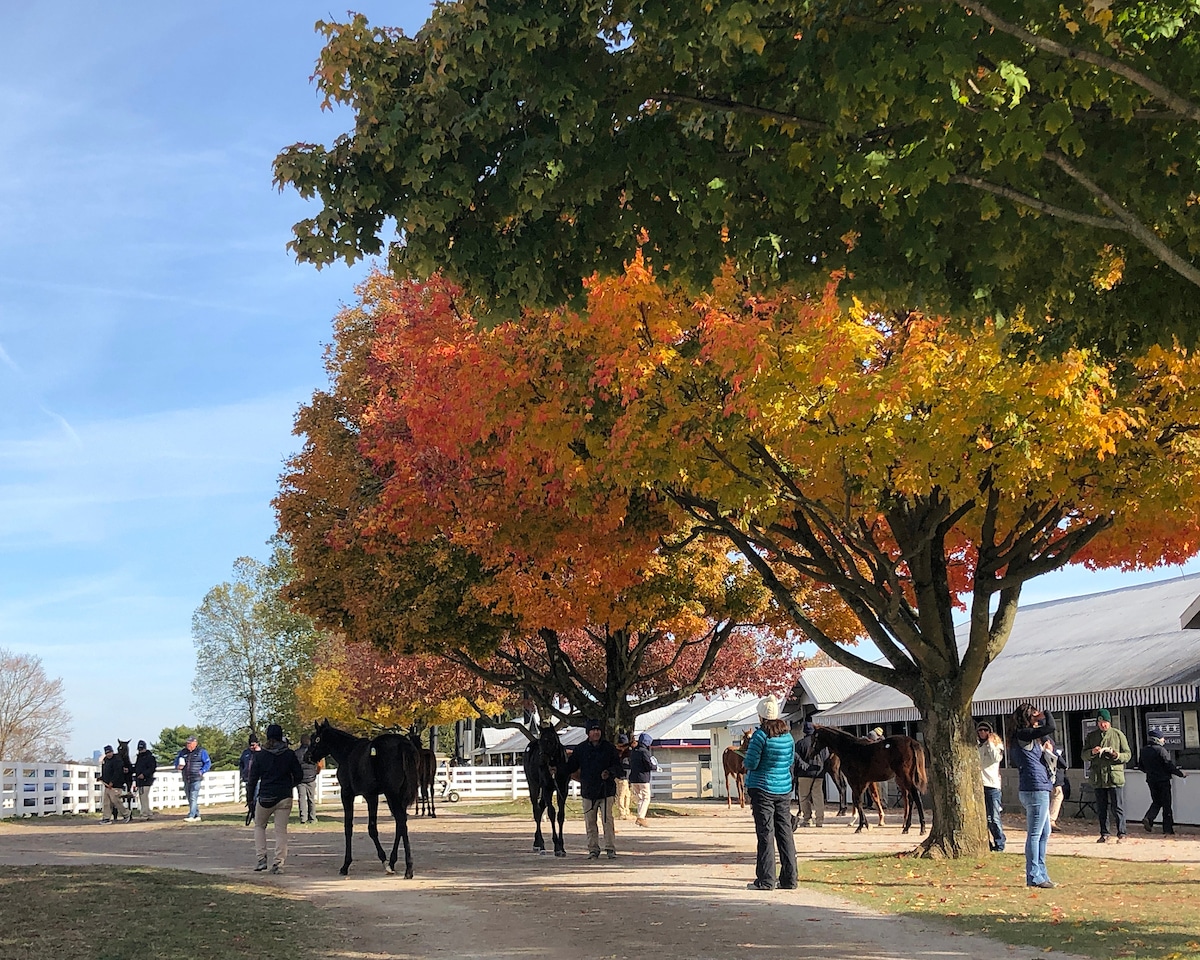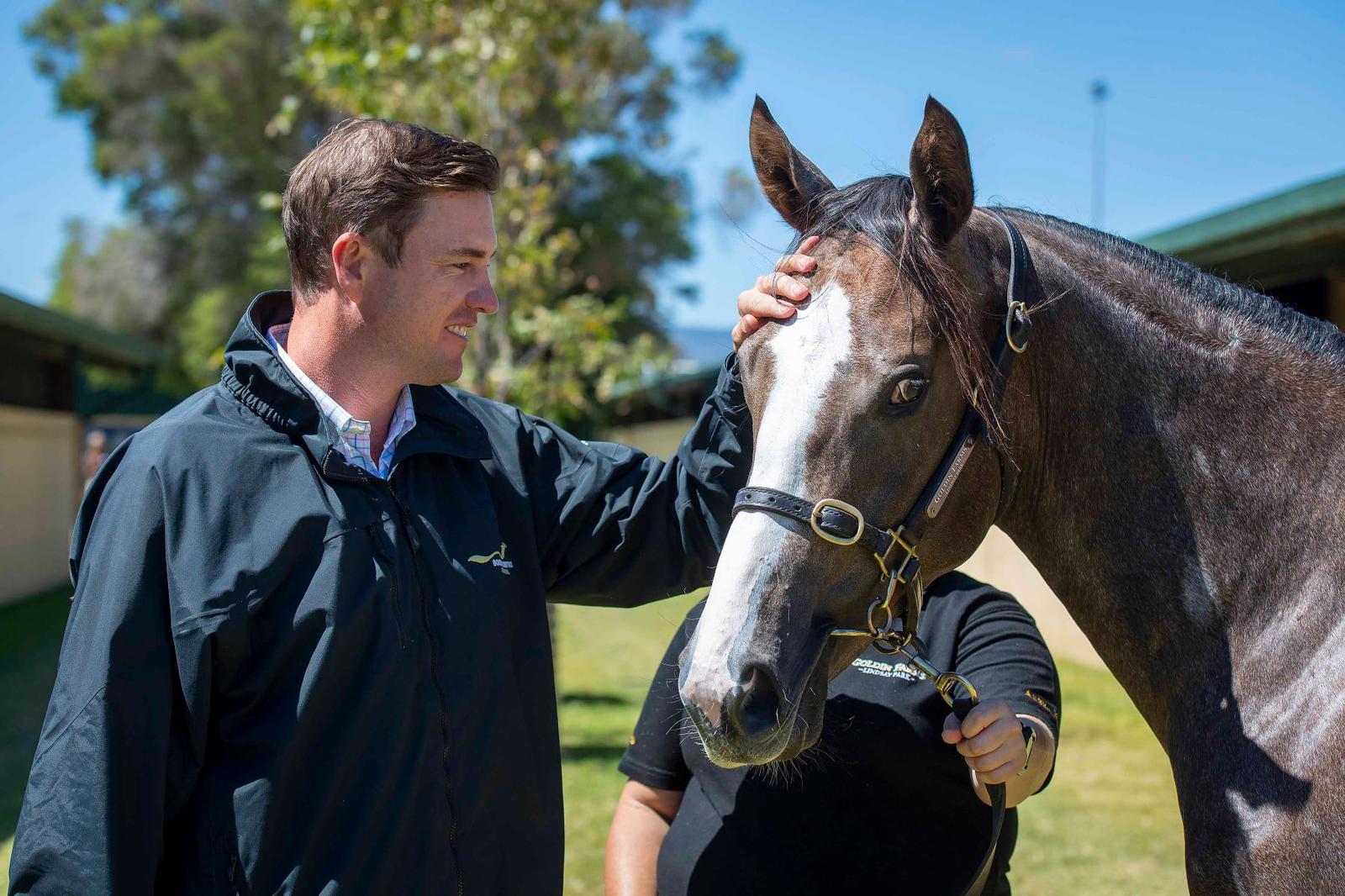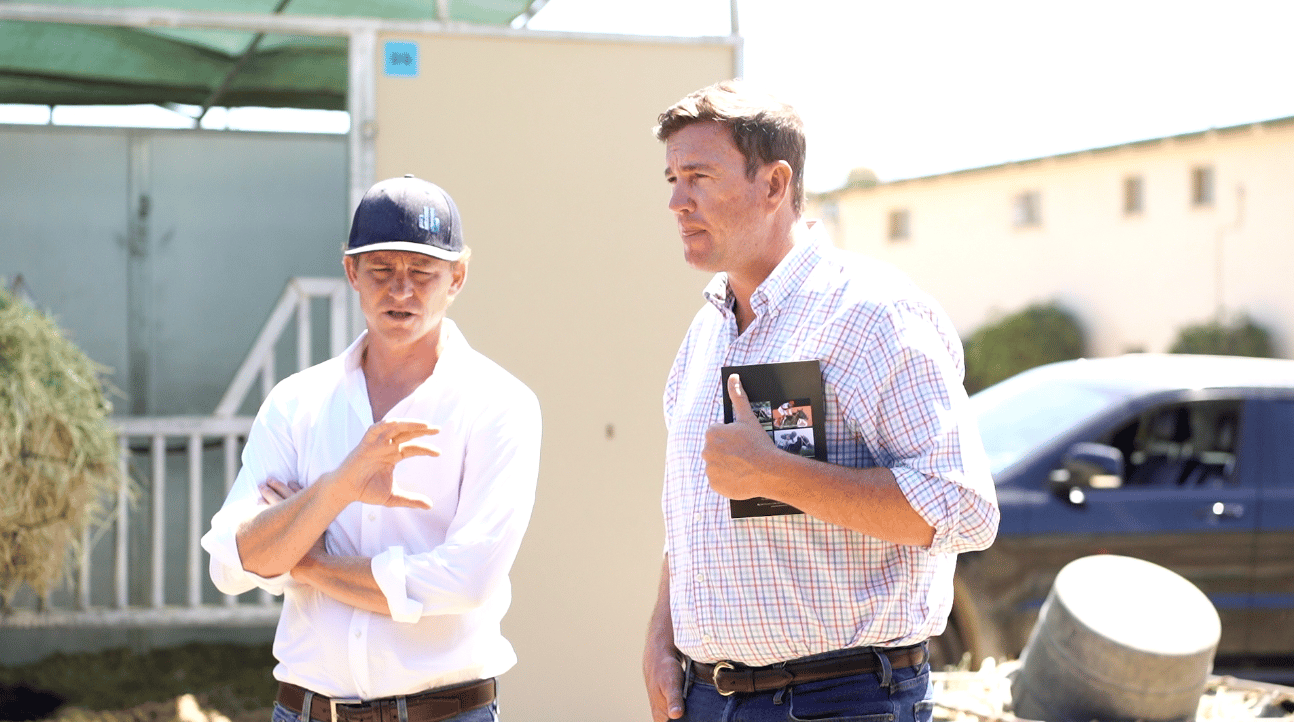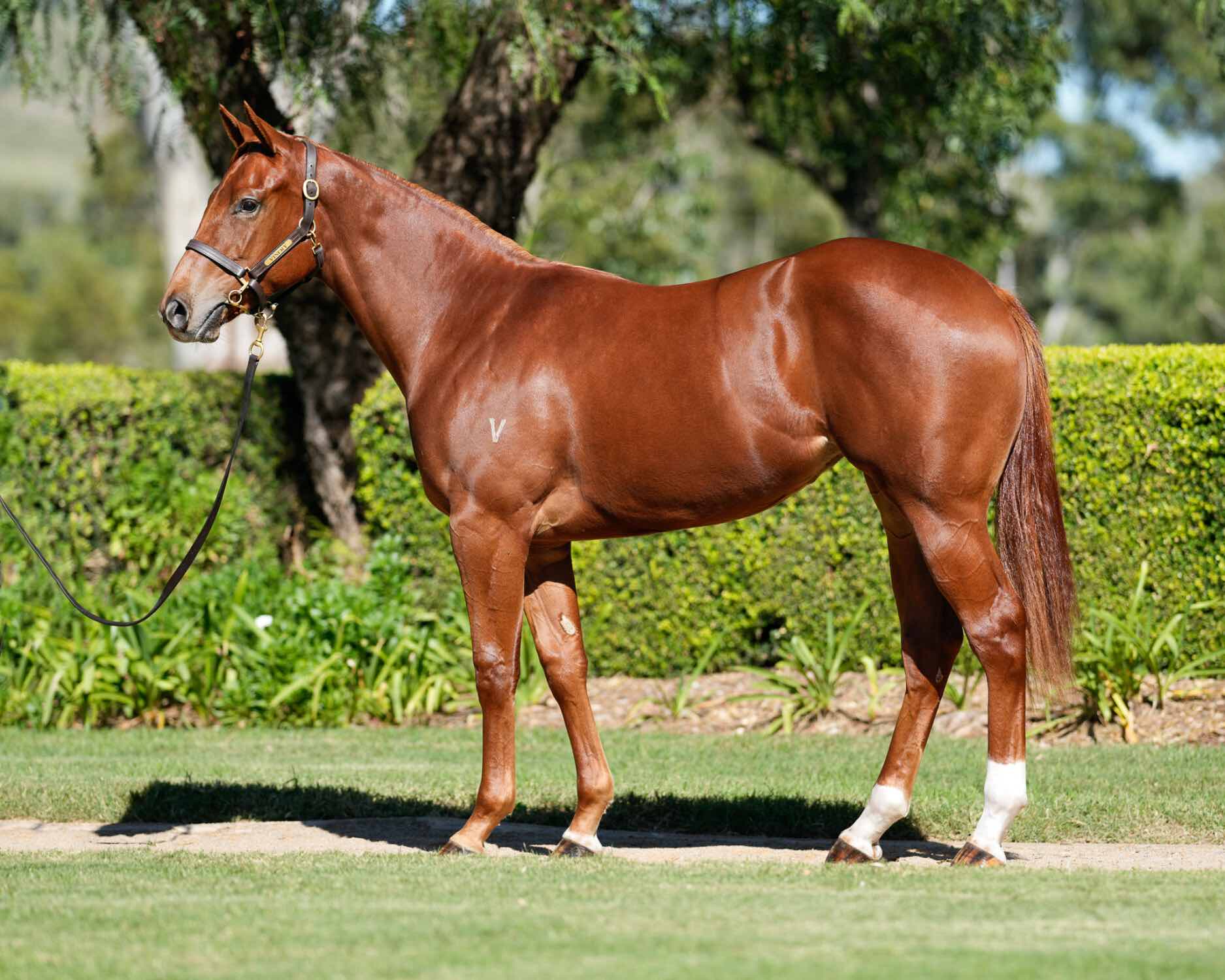When purchasing a yearling, there are various stages which I go through to ensure I am providing my clients with the best chance of purchasing a yearling that will get them into the winner’s circle.
An accurate understanding of my client’s goal is an excellent place to start when approaching a yearling sale. Knowing these allows me to identify certain horses in the catalogue during my pre-inspection research, which I believe have the attributes for a greater chance of success than others in achieving my client’s goal.
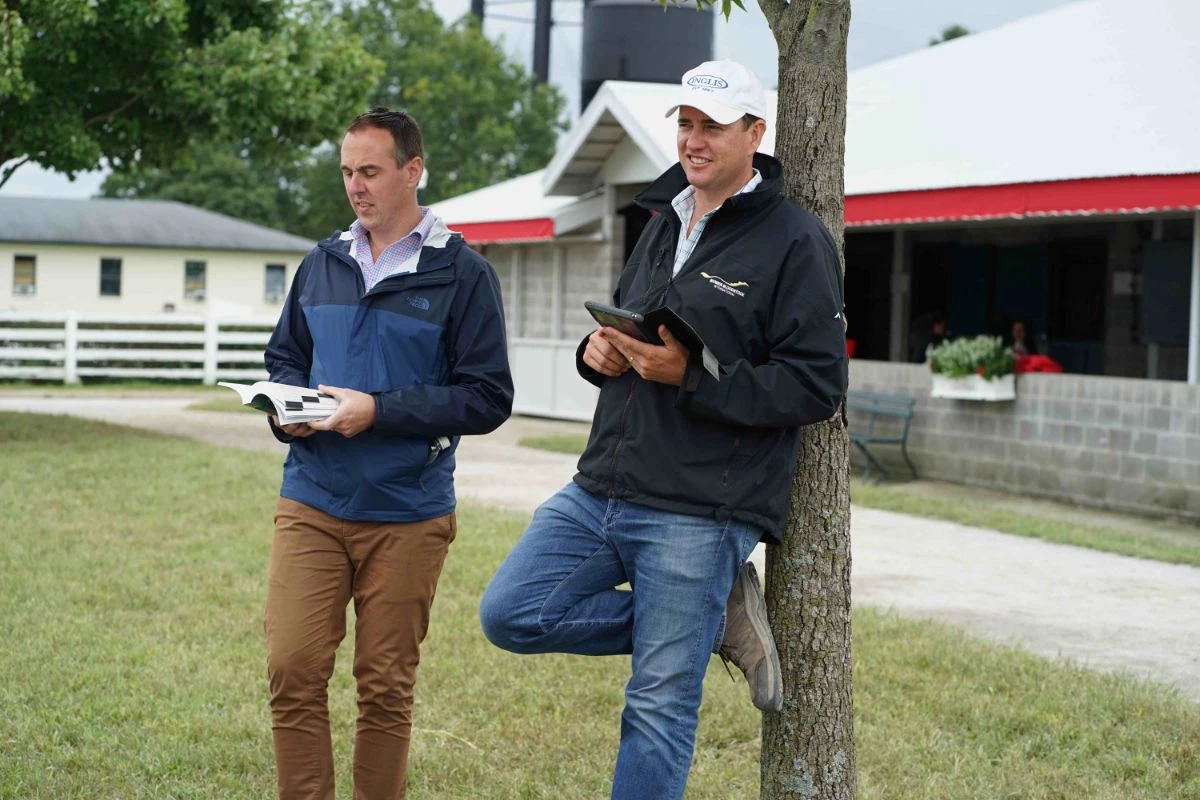
My pre-inspection research consists of analysing current data on;
· Record of breeders & farms
· Stallions
· Broodmare sires
· Dam’s produce records
· Dam’s progeny performance
Once my pre-inspection research is finished and I have been able to shortlist the catalogue, conducting physical inspections are critical as it allows me to identify whether the physical type matches the pedigree of the yearling.
It is a big advantage if I can inspect the yearlings for the first time in their natural environment before they arrive at the sale. I like to get a feel for how they are raised and see their temperament whilst they are in a familiar environment. This can often be extremely time consuming and requires long days on the road travelling around the country, but I believe it gives me an edge once I get to the sale.

I prefer to see a well-balanced yearling that is nicely proportioned with substantial bone and a natural muscular definition. Other things which I look for during my assessment that in my opinion, are fundamental conformational traits associated with successful racehorses are:
· Nice sloping shoulder and deep girth
· Short back
· Natural muscle through the chest, gaskin, thigh and forearm
· Short, strong cannon bones
· Width and depth through the hips
· Strong hock and long hind cannon
· Quality and presence in the head and eye

In my opinion, how the yearling moves at the walk gives you an insight into how they will move at the gallop. I pay close attention to this as I believe it portrays how naturally athletic the yearling is on their feet. I am more forgiving of this with dirt horses and some sprinting types than with other turf horses. Whilst the yearling is moving I can also observe how evenly the weight is transferred through their knees, fetlocks, hocks etc. to give me an insight into any soundness concerns.
A conformational trait which I personally steer clear of when purchasing a yearling is back at the knee. In my opinion they are far more prone to tendon and knee issues and are less likely to stay sound on the racetrack due to the amount of pressure absorbed during high impact exercise.

Following inspections, I like to conduct further research to ensure that the physical attributes I have seen match up with the pedigree of the yearling. I also like to delve deeper into the family to see how the cross has worked previously and other finer details to ensure nothing is missed.
Depending on my client’s budget, there are things which I can be more forgiving of, but overall I am aiming to purchase well-structured, conformationally sound yearlings that have been raised on well performed farms. This philosophy allows my clients to invest in yearlings which I believe will increase their chances of success.

